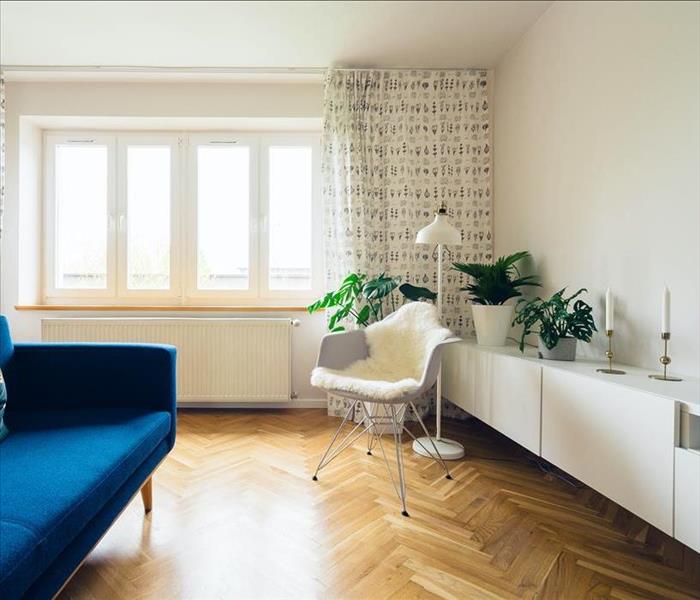Apartment Living: Unraveling 3 Common Sources of Water Damage
9/29/2023 (Permalink)
 Apartment living offers convenience, community, and comfort. However, it also comes with unique water damage related challenges.
Apartment living offers convenience, community, and comfort. However, it also comes with unique water damage related challenges.
Apartment living offers convenience, community, and comfort. However, it also comes with unique challenges, including the potential for water damage. Whether you're a renter, landlord, or property manager, understanding the common sources of water damage in apartments is essential for prevention and swift resolution. Let's look at three prevalent sources of water damage in apartment buildings and provide insights into how to mitigate these risks.
Plumbing Issues:
Plumbing problems are among the most common sources of water damage in apartments. Issues like leaking pipes, burst pipes, and malfunctioning fixtures can lead to significant water intrusion and damage. Here's what you can do to address and prevent plumbing-related water damage:
- Regularly inspect and maintain plumbing fixtures, including faucets, toilets, and showerheads.
- Keep an eye out for signs of leaks, such as damp spots, water stains, or unexplained water bills.
- Report any plumbing issues promptly to your landlord or property management to prevent minor problems from escalating.
Landlords should consider routine plumbing inspections and maintenance to catch potential issues early and ensure the longevity of the building's plumbing system.
Roof Leaks:
Roof leaks can be particularly frustrating in apartment buildings, as water damage often affects multiple units. These leaks can occur due to various factors, including damaged roofing materials, clogged gutters, or severe weather. To prevent and address roof leaks:
- Ensure that the building's roof is regularly inspected and maintained.
- Keep gutters and downspouts clear of debris to allow proper drainage.
- Report any signs of ceiling stains, water dripping, or unusual odors to your property management immediately.
Landlords should prioritize routine roof inspections and repairs as part of their property maintenance plan to safeguard against potential water damage.
Appliance Failures:
Appliances like dishwashers, washing machines, and water heaters can malfunction and cause water damage in apartments. Common issues include hose leaks, faulty connections, or internal component failures. Here's how to mitigate the risk of appliance-related water damage:
- Inspect appliances regularly for signs of wear, rust, or visible damage.
- Replace hoses and connections as recommended by the manufacturer.
- Educate tenants on proper appliance use and maintenance to prevent misuse that can lead to damage.
Landlords should consider providing tenants with guidelines for appliance care and maintenance and promptly addressing appliance issues reported by tenants.
Understanding the common sources of water damage in apartments is crucial for tenants, landlords, and property managers. By being proactive and vigilant, you can minimize the risk of water damage and its associated costs and inconveniences. Tenants should promptly report any issues to property management, while landlords should prioritize regular inspections and maintenance to ensure the longevity of their properties. In the event of water damage, swift action and professional assistance are key to minimizing the impact and restoring the apartment to its pre-damage condition.






 24/7 Emergency Service
24/7 Emergency Service